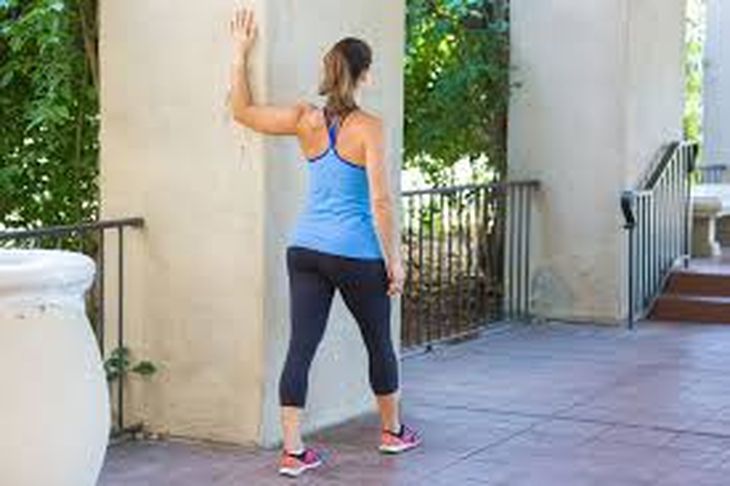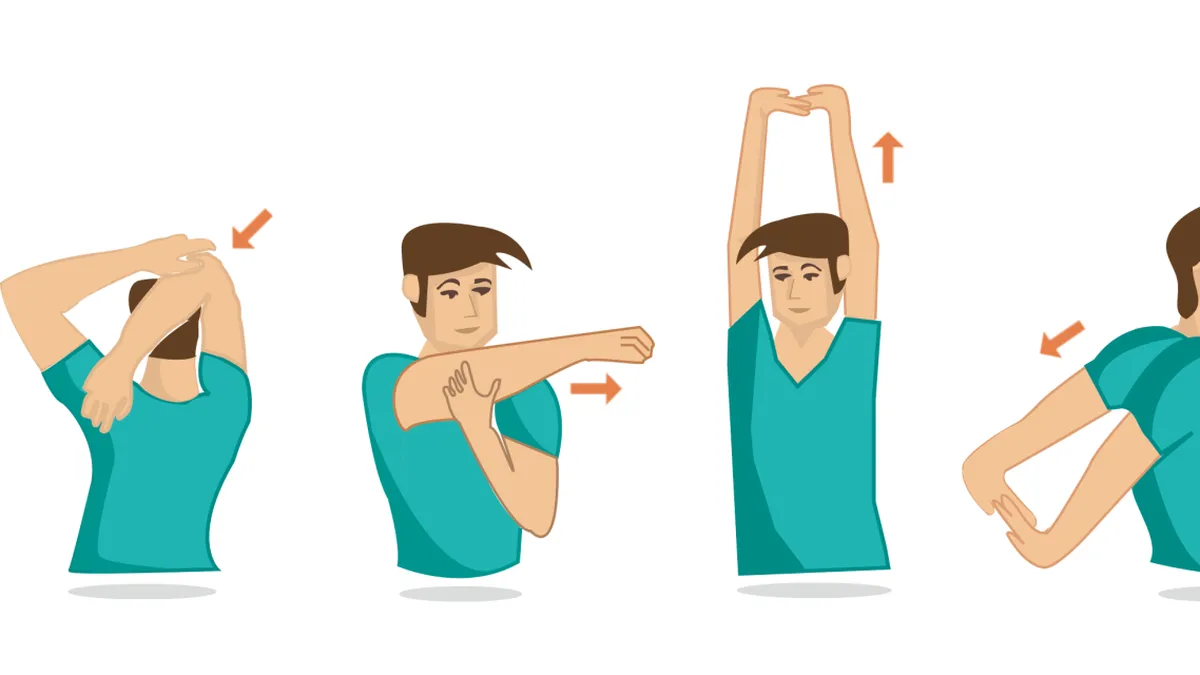In the daily exercise routine, Stretching is a crucial part of maintaining flexibility and preventing injury. Performing proper stretching after your workout not only helps reduce muscle stiffness, but also improves blood circulation and facilitates recovery. While many people focus on the workout itself, taking time for stretching exercises can make a huge difference to your overall physical well-being.
Stretching after your home workout will allow you to enjoy greater range of motion and relieve built-up tension in your muscles. These exercises are simple and can easily be adapted to your personal space, without the need for specialized equipment. There are a number of stretching exercises to perform after your workout that ensure optimal recovery for your body.
stretching at home.jpg
GQ Spain
The best stretching exercises after training
1. Standing soleus stretch
Starting position: On the mat, you should adopt a quadruped position, with your knees under your hips and your hands aligned with your shoulders. Your head should remain aligned with your spine.
Execution: Pull your abs in and flex your spine so that your head drops as you inhale. Hold this position for 2-3 seconds. Then relax your abs, extend your back, and look forward as you exhale.
Tips: It is recommended to stretch slowly and in a controlled manner to avoid injury, focusing on breathing deeply and maintaining the stretch without pain.
2. Standing neck stretch
Starting position: Standing with your feet shoulder-width apart, place your right hand on the left side of your head.
Execution: Gently pull the head to the right side and lower the left shoulder to lengthen the neck. Hold the stretch and then slowly return to the starting position. Breathe fluidly throughout the exercise.
Tips: The stretch should be felt on the side of the neck without causing pain, maintaining a straight posture and avoiding forcing the movement.
3. Standing oblique stretch
Starting position: Standing with your feet shoulder-width apart, place your left hand on your left hip and raise your right arm above your head.
Execution: The torso is tilted to the left until the stretch is felt in the right obliques. This position is maintained while exhaling and then slowly returned to the starting position. The stretch is repeated on the other side.
Tips: It is recommended to maintain continuous breathing and avoid forcing the movement, feeling the stretch in the obliques without pain.
4. Shoulder stretch with arm in horizontal adduction
Starting position: Standing with your feet shoulder-width apart, grab your right elbow with your left hand.
Execution: Pull the right elbow towards the chest to feel the stretch in the deltoid. Hold the stretch and then return to the starting position. Repeat the process with the other arm.
Tips: Stretching should be intense but not painful, and should be done in a controlled manner.
5. Behind the head triceps stretch
Starting position: Standing with your feet shoulder-width apart, place your right arm behind your head and grab your elbow with your left hand.
Execution: The elbow is pulled downwards to stretch the triceps. This position is held for the recommended time and then returned to the starting position. The stretch is repeated with the other arm.
stretch.jpg

PeopleImages
6. Paravertebral and dorsal stretching
Starting position: You should stand with your feet shoulder-width apart. Your hands are placed interlaced above your head.
Execution: You should look up at the ceiling and feel the stretch in your back. Hold the position and then return to the initial position while inhaling.
Tips: It is suggested to perform the stretch gently and painlessly, maintaining fluid breathing to help relax the muscles.
7. Chest stretch with shoulder hyperextension
Starting position: Standing with your feet shoulder-width apart, clasp your hands behind your back and stretch your arms backwards.
Execution: Slowly raise your arms until you feel the stretch in your pectorals and biceps. Hold the position and then return to the starting position while inhaling.
Tips: Maintain an upright posture and avoid excessive arching of the back to prevent injury. The stretch should be felt in the chest and shoulders without causing pain.
Supported arm chest stretch

8. Chest stretch with supported arm
Starting position: Standing next to a wall, the right hand is placed on the wall, slightly higher than the head, with the elbow extended.
Execution: The torso should be rotated to the left side until the stretch is felt in the right pectoral muscle. The position is maintained and then returned to the initial position. The stretch is repeated with the other arm.
Tips: It is recommended to make sure that the stretch is felt in the chest without causing pain. It is important to maintain controlled breathing during the stretch.
9. Soleus and feet stretch
Starting position: Kneeling on a mat, sitting on your heels, with your toes pointing forward.
Execution: The heels should be slowly moved backwards to feel the stretch in the soleus and the feet. The position is held for the recommended time.
Tips: It is suggested that the stretch be comfortable and not cause pain. It is important to avoid pushing too hard to prevent injury.
10. Foam roller stretch of the thoracic spine
Starting position: Lying on the floor with a foam roller placed between the shoulder blades and the floor. Hands are placed behind the head.
Execution: The thoracic spine should be slowly extended while maintaining the natural arch of the lower back. The position is held and then returned to the initial position.
Tips: The stretch should be felt in the middle of the back. It is advisable to avoid pain in the lower back and adjust the position if necessary.
Source: Ambito
David William is a talented author who has made a name for himself in the world of writing. He is a professional author who writes on a wide range of topics, from general interest to opinion news. David is currently working as a writer at 24 hours worlds where he brings his unique perspective and in-depth research to his articles, making them both informative and engaging.




